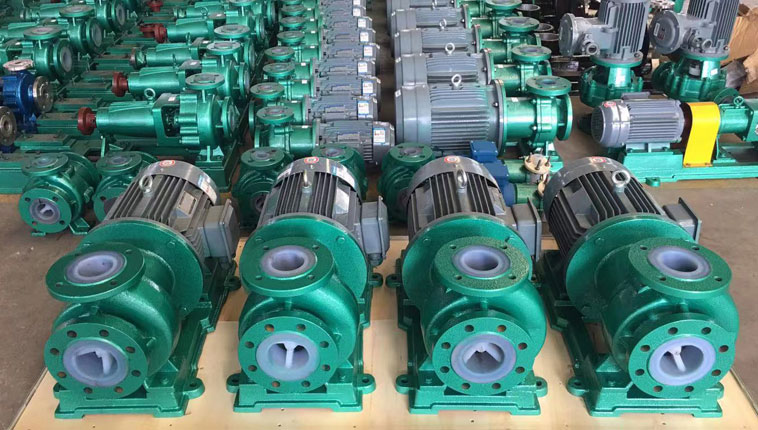1. Whether the material is sticky or not:
According to the viscosity of the material (the reaction is dynamic, the viscosity will also change), the blade diameter and front cross-sectional area of the mixer, and the stirring speed to determine the torque of the motor at this speed to prevent overload. The torque of the selected motor should be more than 1.5 of the torque required for the stirring reaction in order to be safe, and to ensure that the pace can be carried out at the required speed all the time. The choice of motor should be concerned with torque, not power. The same power motor, at the same speed, the torque is not necessarily the same, especially the AC motor and DC motor, there is a great difference. As far as a single motor is concerned, the torque is also different at different speeds.
2. Speed requirements:
According to the economic premise. For example, if the speed requirement is not high, you can choose a deceleration motor, and choose a motor with greater power and then use a frequency converter to adjust the speed down. This can save money.

4. Is there a limit and how much is the power supply?
5. Whether the motor is explosion-proof.
Flammability and explosion of materials and products. If materials and products are flammable and explosive, explosion-proof motors should be selected.
6. Whether the frequency conversion speed regulation is needed or not is still adjusted manually.





 +86 18130251359
+86 18130251359 teflowpumps@tlpumps.com
teflowpumps@tlpumps.com








 +86+0563-5093318
+86+0563-5093318
